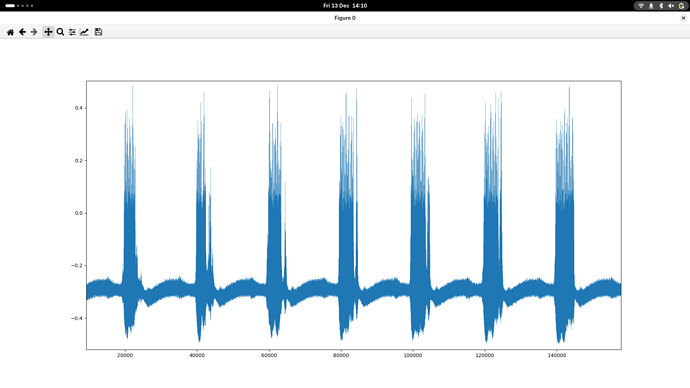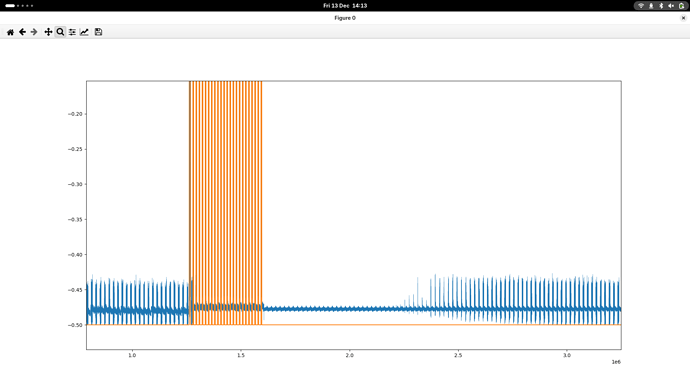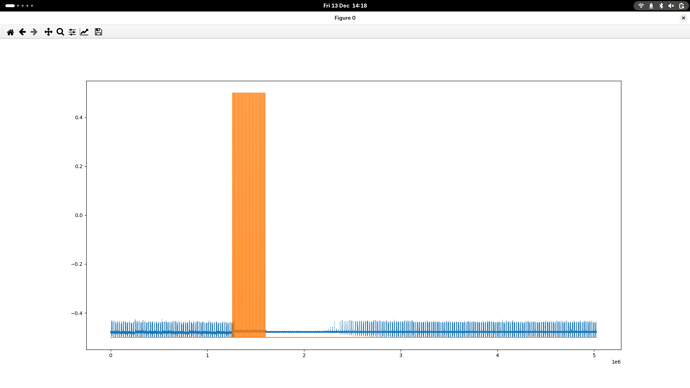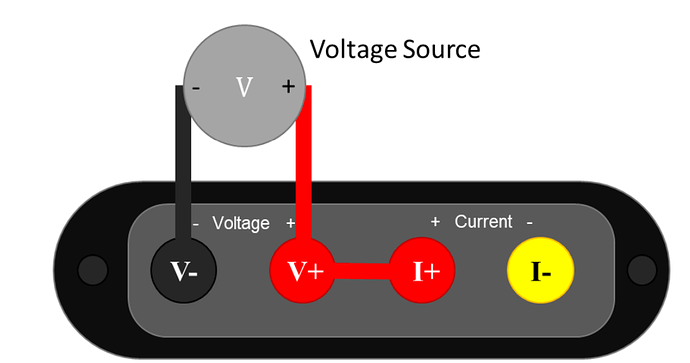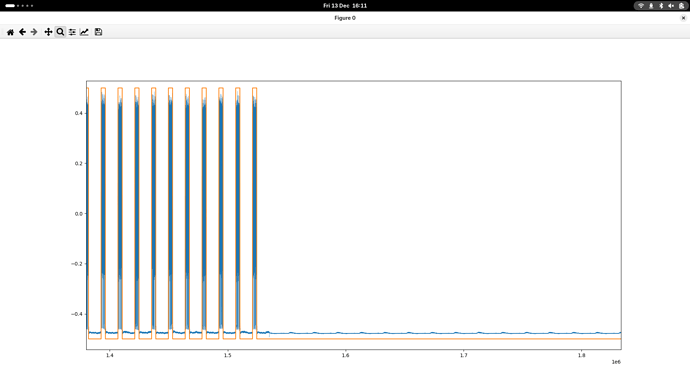Hello,
I’m using the JS220+ with the BNC front panel to measure voltage over an integrated shunt on a CW308 with a differential probe. However, when my target MCU is executing just “nop” operations, I get noise that recurs with a frequency of 50 Hz. This is a sceenshot of such noise:
When I execute actual code on my target MCU, for example some AES encryption operations, the result is very different:
Here, the noise can be seen at the beginning of the plot, but as the AES operations are executed disappears (which can be seen by looking at the orange signals, every time an operation is executed I turn on a GPIO pin which is also measured by the JS220+), but a soon as the device is idling for a longer amount of time the noise appears again. Note that, in this graph, the signals are normalized from -0.5 to 0.5; this means that the measured voltage is quite a bit higher when the MCU is executing AES operations. A full version of this graph can be seen below:
I have tried doing this exact same measurement with an oscilloscope, but here I cannot see this 50 Hz noise.
Basically my questions are:
- Do you have any idea where this noise could be coming from?
- Is there anything I’m overlooking with regard to doing voltage measurements with the BNC front?
Thank you very much in advance!
